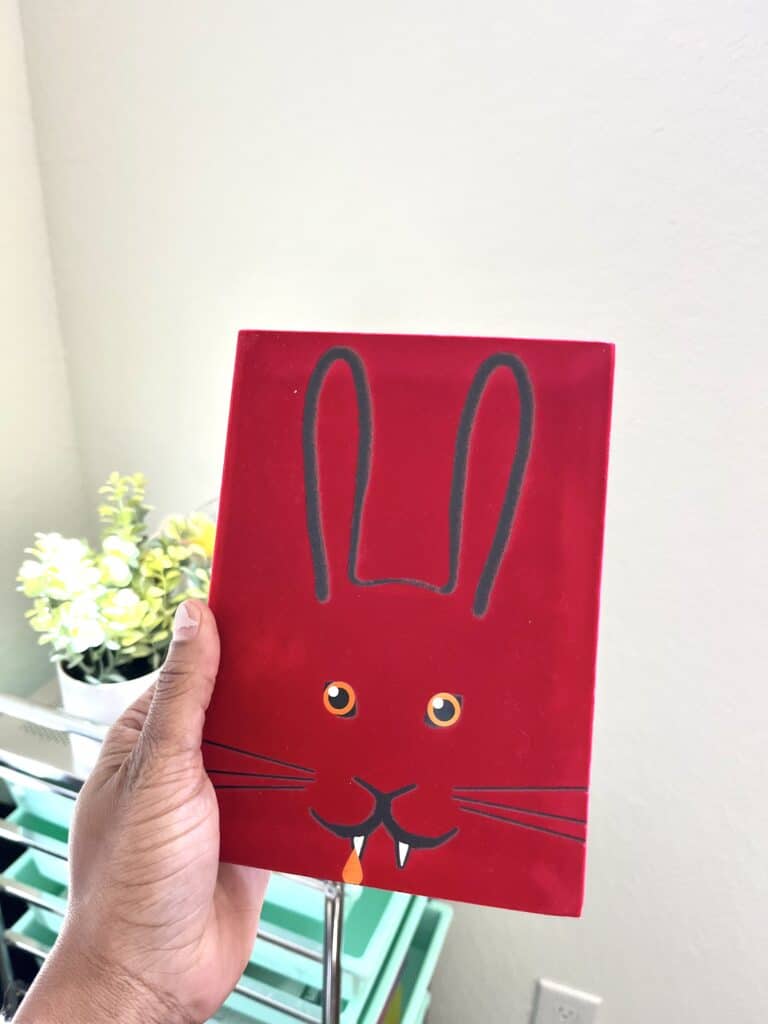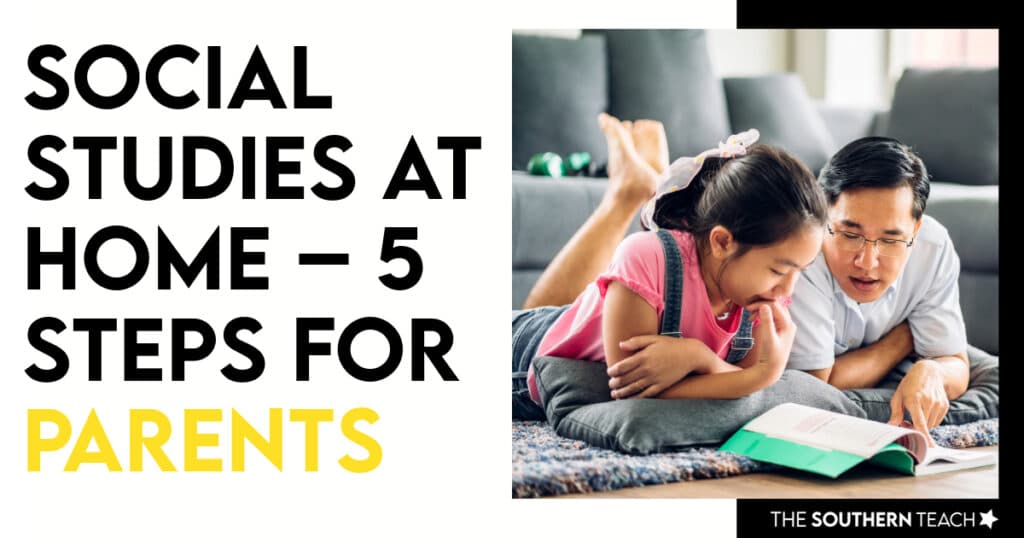4 Easy Classroom Read Aloud Tips for Grades 3-5
By Kirsten Hammond
Share This Post:
When it comes to engaging upper elementary students in reading, nothing beats some good classroom read aloud tips!
No matter what subject you teach, introducing your students to thought-provoking stories and new characters is an excellent way to stimulate learning. Not only does a read aloud inspire discussions around difficult topics, but it also turns literature into a shared experience for everyone in the classroom.
Whether you’re just starting out or looking for some fresh ideas, these classroom read aloud tips will help ensure that your next classroom read aloud read aloud is successful and enjoyable for both you and your students!
Why Classroom Read Alouds Benefit Upper Elementary Students

You may think that students in grades 3-5 are too old to listen to books read by the teacher, but it is absolutely not true!
My students in upper elementary always loved to listen to classroom read alouds. It’s a great way to discuss text, vocabulary, and increases comprehension.
There are several great times to conduct read-alouds with students – I used to read a chapter to my class during snack time or after recess. It’s a nice break from student learning. All it takes is 10-15 minutes!
Check out some of my favorite read-alouds for upper elementary!
4 Tips for Conducting a Class Read-Aloud
1. Choose a text that is rich and complex enough for older students.
While picture books are great to utilize for mini-lessons with upper elementary, class read-alouds work really well with chapter books! It can be a book that is at or slightly above their grade level.
You as the teacher will be reading the text, so it’s all about students focusing on listening and comprehension of the story (which will be done when discussing the text after reading)!
2. Preview the text to get an idea of its main ideas and themes.
While you might hear of a great chapter book recommendation from others, it always best to read the text in advance to make sure you understand the overall central idea and major themes from the book.
It’s also a great way to see if the text is appropriate for your students and if it would be something of interest to them.
3. Stop periodically to ask students questions about the text or discuss their thoughts and reactions.
My favorite part of reading a chapter book to my classes were when a particularly juicy part of the story – something suspenseful or event in plot that’s been building comes to a head. Students know, and you can hear a pin drop!
Make sure to stop at the end of that moment to discuss their reactions and thoughts.
4. Close with a discussion of what they learned from the text.
After your read-aloud time, don’t just close the book and call it a day!
If you read a chapter a day, make sure to ask questions about the chapter. Then get them excited for the next chapter with something like, “Tomorrow we might find out what happens at the event the characters go to”!
Here’s a peek at some of my favorite chapter books for 3rd grade!

Third Grade Angels
I always read this chapter book first with my third graders. It’s a great back to school story about a boy who is navigating his new grade level and behavioral expectations. It’s a great story to discuss classroom rules and expectations as well!

Bunnicula
This novel is a classic that I loved to read around Halloween or fall. There’s a mysterious bunny that a family finds in a movie theater with a cat and dog who notice that all the vegetables in the house are turning white! There are quite a few complex plot elements and vocabulary words that are great to discuss with students.
Here are a couple of books I loved to read with my 5th graders!

Wonder
It’s a perfect back to school novel to build classroom community and empathy for others. We discuss the chapters and how it changes in point of view based on the characters in the story.

Esperanza Rising
This was read during our social studies unit of the 20th century. The story takes place in the 1930s in the Great Depression era. There are a ton of symbols and themes to discuss. Highly recommended!
Check out this Back to School Book Companion Bundle if you’re looking for more ways to incorporate reading comprehension skills and strategies!
kirsten hammond
Kirsten is a former 3rd and 5th grade teacher who loves helping upper elementary teachers by creating resources and sharing ideas that are engaging, research-based, and TEKS-aligned. She is a work-from-home mama of 3 rambunctious little ones and loves running, true crime, and lots of coffee.


















